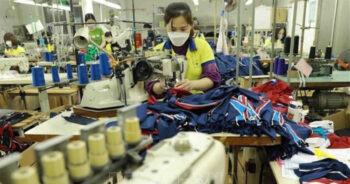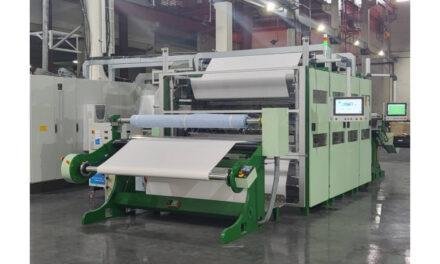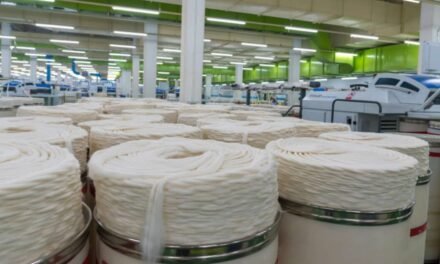 Workers have been told to reduce working hours, and enterprises have not received orders for the coming months.
Workers have been told to reduce working hours, and enterprises have not received orders for the coming months.
Vu Duc Giang, chair of the Vietnam Textile and Apparel Association (Vitas), said at a meeting reviewing the Q1 performance of 20 associations of enterprises in different business fields: “Never in the past few decades has Vietnam’s garment industry faced such difficulties and pressure like now”.
“The number of orders began decreasing in the third quarter of 2022, and then in the fourth quarter. It continued to decrease in the first quarter of 2023 and it keeps falling. In the first two months of the year, the export value continued to drop by 20 percent. Orders for June and July have not come yet,” he said.
He said that the general situation in the world is difficult right now. When he attended a forum for distributors held by Kmart in Australia and heard their requests, he was stunned, because in order to sell products, quality must be No 1, prices must be low, and production must be ‘green’ to satisfy requirements on sustainable development.
Kmart said large corporations from South Korea such as LG and Samsung all have textile and garments firms competing in new technology and applying artificial intelligence (AI). At large textile and garment trade fairs organized in South Korea, the state has committed to invest 50 percent, local authorities 40 percent and enterprises 10 percent.
Associations are large but they cannot be compared with the state’s major role in the vital competition in new technology.
Other directors of textile and garment companies voiced concern about the future of Vietnam’s textile and garment industry.
Workers have been told to reduce working hours, and factory owners have tried every possible means to find jobs to help their workers survive.
Insiders are also concerned about a major rival of Vietnam – Bangladesh, which is now home to most environment friendly factories in the world.






















